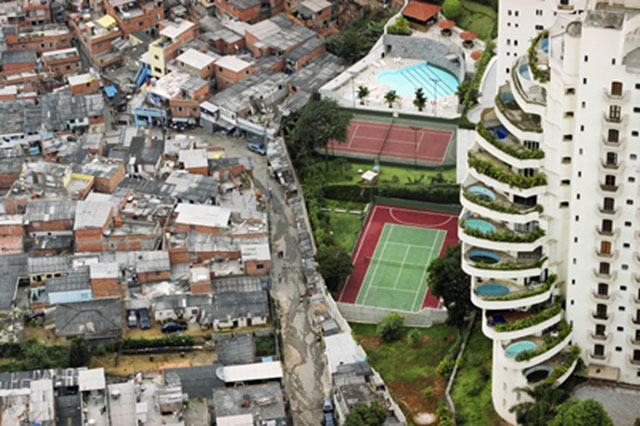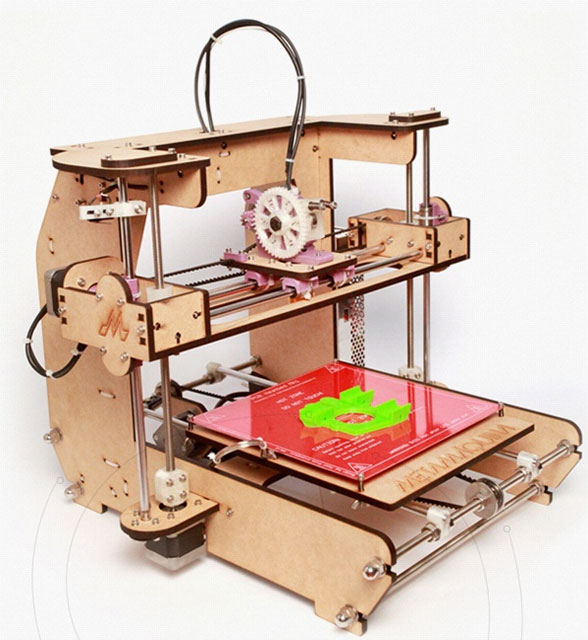As one of the world’s largest economies, the uptake of 3D printing in Brazil will be significant, present many commercial opportunities and offer great social benefit in an economically desperate demographic.

[Credit: Tuca Vieira]
The Industrial Additive Manufacturing Story:
Some in Brazil live as billionaires; some live in shanty town poverty; some live in the unrivaled bliss of the Amazon as tribal members whose only concerns are the potential destruction of their environment – 3D printing may be beneficial to all of these societies.
The nation is, as we all now know, a member of the BRIC group of developing markets. Developing being an interesting term for an economy that has already surpassed traditional leaders such as the UK.
On an industrial level, investment pours through the Brazilian economy like rain through it’s forests, as major extant corporate entities such as General Motors and Toyota set up production facilities here – and where manufacturing efficiency goes, particularly in the aerospace and automobile sectors, additive manufacturing follows.
Major players have taken an interest in Brazil, exploring investment opportunities in the South American market. Objet has signed a distribution agreement with Anacom Electronica for the Brazil market, whilst Solidoodle is investigating partnership with Brazilian company Linotech 3D.
The 3D printing industry is making inroads into this significant economy: those investing in Brazil now may find they reap the rewards of that which they sow in the very near future.
Transforming the Shanty Towns
3D printing is also being suggested as a means of helping to deliver Brazil’s huge population of poverty-stricken families from the geographically vast nation’s shanty towns.
One example project is WikiHouse: an open-source construction kit that allows people to create and share designs for properties and then print the pieces cheaply. WikiHouse architect Alastair Parvin has said: “Slums are being built anyway. If people are going to build things for themselves, wouldn’t it be cool if what they make is not rubbish?” Similarly, the development of recycled materials fed into home 3D printers could be revolutionary for the shanty towns.
A Home 3D Printing Story: Metamáquina
Metamáquina is reportedly the first Brazilian company dedicated to manufacturing low cost home 3D printers, and the first technology project funded through crowd-funding in the nation.
Metamáquina has just released it latest eponymous model Metamáquina 2, with a print volume double the first and improvements in quality, functionality and speed, such as a robust laser-cut structure and more accurate printing quality over their first model.
The company is offering an initial promotional price of BRL 3,700 (€1,431 / $1,876 / £1,219 per unit) with the first batches being dispatched now, according to the advertised lead time.
Metamáquina 2 Specifications:
• Technology: FFF (Fused Filament Fabrication)
• Print Volume: 200mm (L) x 200mm (D) x 150mm (H)
• Positioning accuracy: 0.1 mm (X, Y): 0.05 mm (Z)
• Layer thickness: 0.3 mm to 0.15 mm
• Printing Material: ABS and PLA
• Print speed: 80mm / s
• Nozzle diameter: 0.35 mm
• File formats: supports STL (ASCII or binary) and OBJ
• Dimensions: 450mm (L) x 450mm (D) x 370mm (H)
• Weight: 9kg





